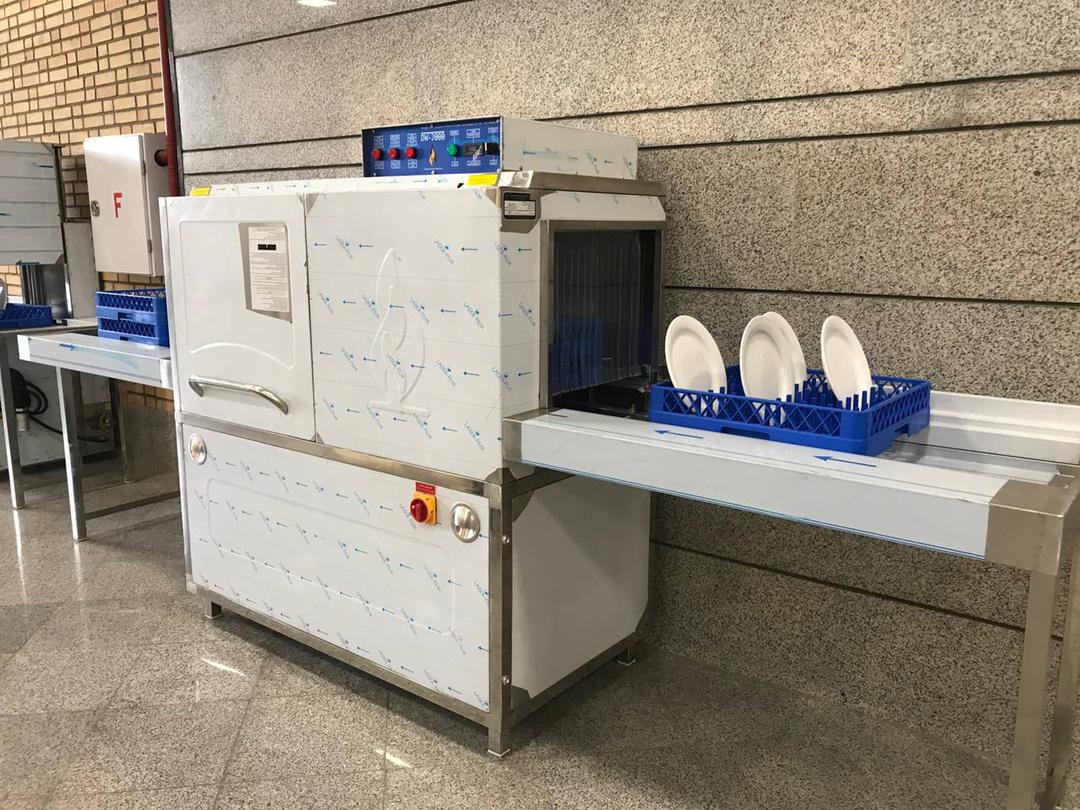A global team of researchers has developed a system that harnesses the exhaust grill of an air conditioning (AC) system for the cooling of PV panels as well as drying dishes in a dishwasher.
The method involves the modification of a PV panel into a hybrid photovoltaic-thermal (PVT) module and can be used for both industrial and residential applications.
“This study introduces a novel approach by harnessing the exhaust air from air conditioning (AC) systems to act as a natural coolant, gently flowing over the rear surface of PV panels,” the researcher said. “It eliminates the need for supplementary fans or added power consumption. Its dual functionality not only contributes to a noteworthy reduction in both the carbon footprint, but also yields cost savings on electricity bills.”
The researchers used polycrystalline BP350 panels from UK-based manufacturer BP Solar and modified them so the rear metal contact (RMC) layer was omitted, creating an air channel between the RMC and an added layer of fiberglass. Consequently, the exhausted air from the AC system is directed below the RMC and confined between the RMC and a layer of fiberglass. The air flows from the front of the module to its back.
“The exhausted air from the AC system is utilized to cool the PV panels. This is achieved by directing the air leaving the exhaust grill into a nozzle, which is then connected to the PV panel,” the researchers said. “The air leaving the PV panel becomes hot, presenting an opportunity for its utilization in thermal applications. This hot air is directed to the dishwasher and blown over the wet dishes.”
Using a set of equations and algorithms, the group of scientists calculated the electric efficiency of the cooled PV panel, as well as the efficiency of the recovered thermal energy.
For those calculations, they assumed a residential house with a floor area of 200 m2 in Beirut, Lebanon, and Doha, Qatar, using an AC unit with an air supply temperature of 13 C and maintaining an indoor air temperature of 23 C. The exhaust air entering the nozzle is assumed to have a temperature of 25 C, resulting from heat gain from the ambient air. Using annual average weather data from both cities, the academics have simulated the effect of the novel system on setups ranging from one to ten PV panels.
“Results show that the cooling process substantially enhances the cell efficiency, reaching approximately 10.1% (Doha) to 10.25% (Beirut) for one PV module,” the academics explained. “As the number of PV panels increases, this efficiency decreases but remains higher than the value obtained without cooling. The relative increase in cell electric efficiency ranges from 15% for one PV module to around 3% for ten PV modules.”
Calculating the recovery of the hot air discharged from the back of the PV panel, the researchers found the thermal efficiency reached 98% in Doha and around 80% in Beirut in the case of one PV module. In the case of ten PV panels, that dropped to 55% and 45%, respectively.
“Results show that the time to dry the dishes decreases with increasing numbers of PV from around 7 hours to around 1 hour,” they added. “When the number of PV increases, the air temperature leaving the PV/T system is higher, thus leading to better drying process.”
Concluding the article, the scientists added that future work should encompass real-world testing to validate system performance. Other research, they said, might be regarding “cost reduction efforts, user-friendly integration methods, efficient monitoring and maintenance systems, and collaborative efforts with policymakers to establish incentives and regulations.”
Their findings can be read in the paper “Dual Harnessing of Air Conditioning Exhaust: PV Cooling and Dishwasher Drying,” published in Energy and Built Environment. The team includes researchers from Los Angeles’ Multiphysics Interaction Lab, Lebanon’s American University of Beirut, the Lebanese International University, as well as Kuwait’s Gulf University for Science and Technology.
This content is protected by copyright and may not be reused. If you want to cooperate with us and would like to reuse some of our content, please contact: editors@pv-magazine.com.



By submitting this form you agree to pv magazine using your data for the purposes of publishing your comment.
Your personal data will only be disclosed or otherwise transmitted to third parties for the purposes of spam filtering or if this is necessary for technical maintenance of the website. Any other transfer to third parties will not take place unless this is justified on the basis of applicable data protection regulations or if pv magazine is legally obliged to do so.
You may revoke this consent at any time with effect for the future, in which case your personal data will be deleted immediately. Otherwise, your data will be deleted if pv magazine has processed your request or the purpose of data storage is fulfilled.
Further information on data privacy can be found in our Data Protection Policy.